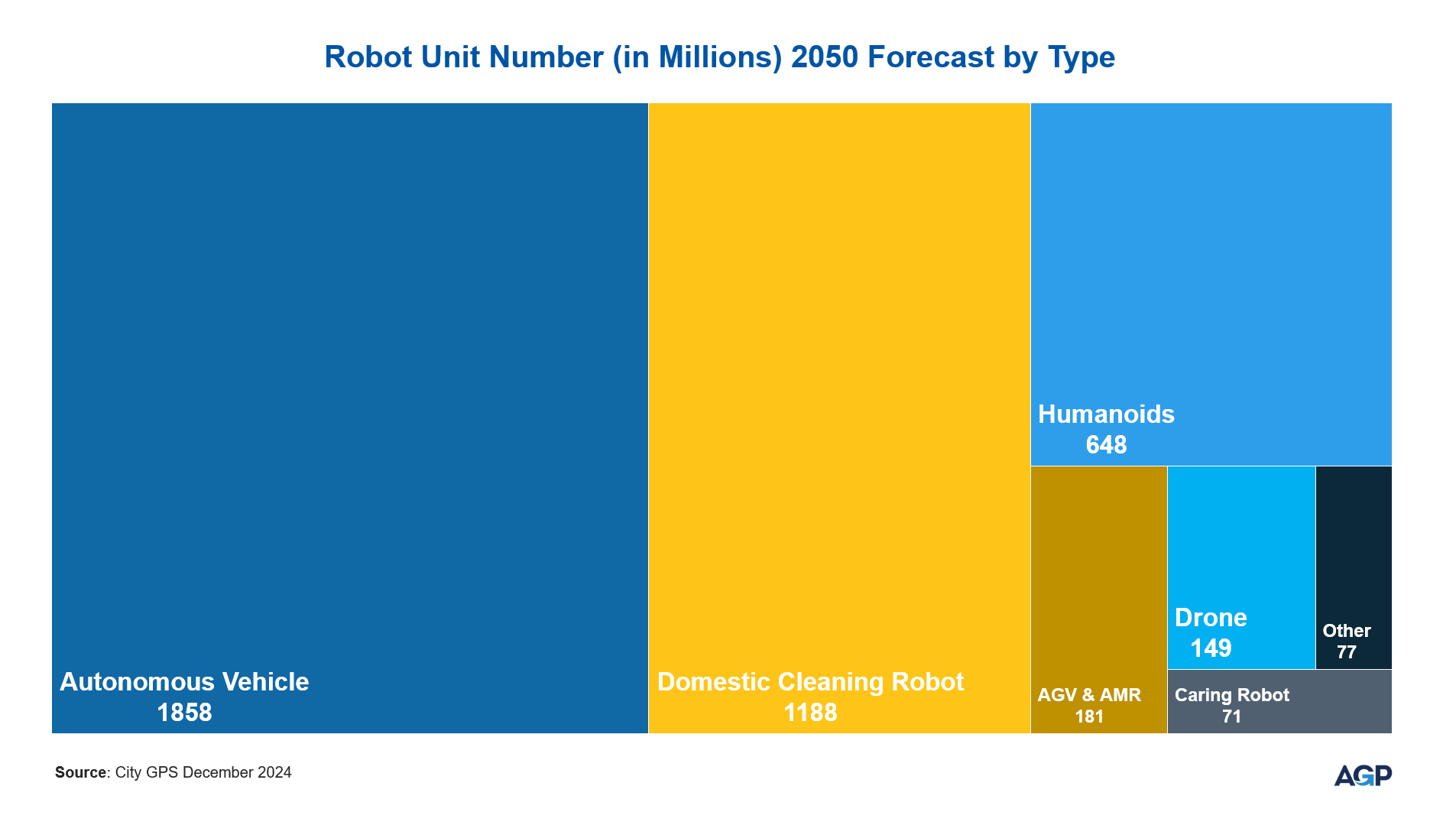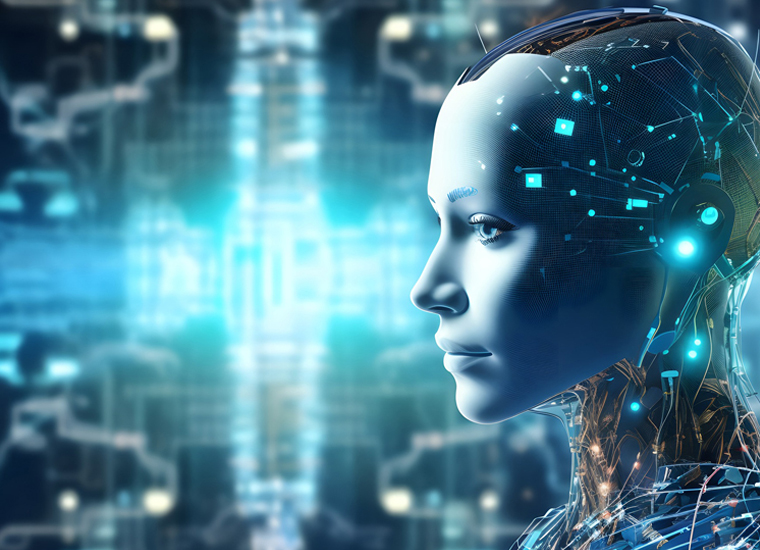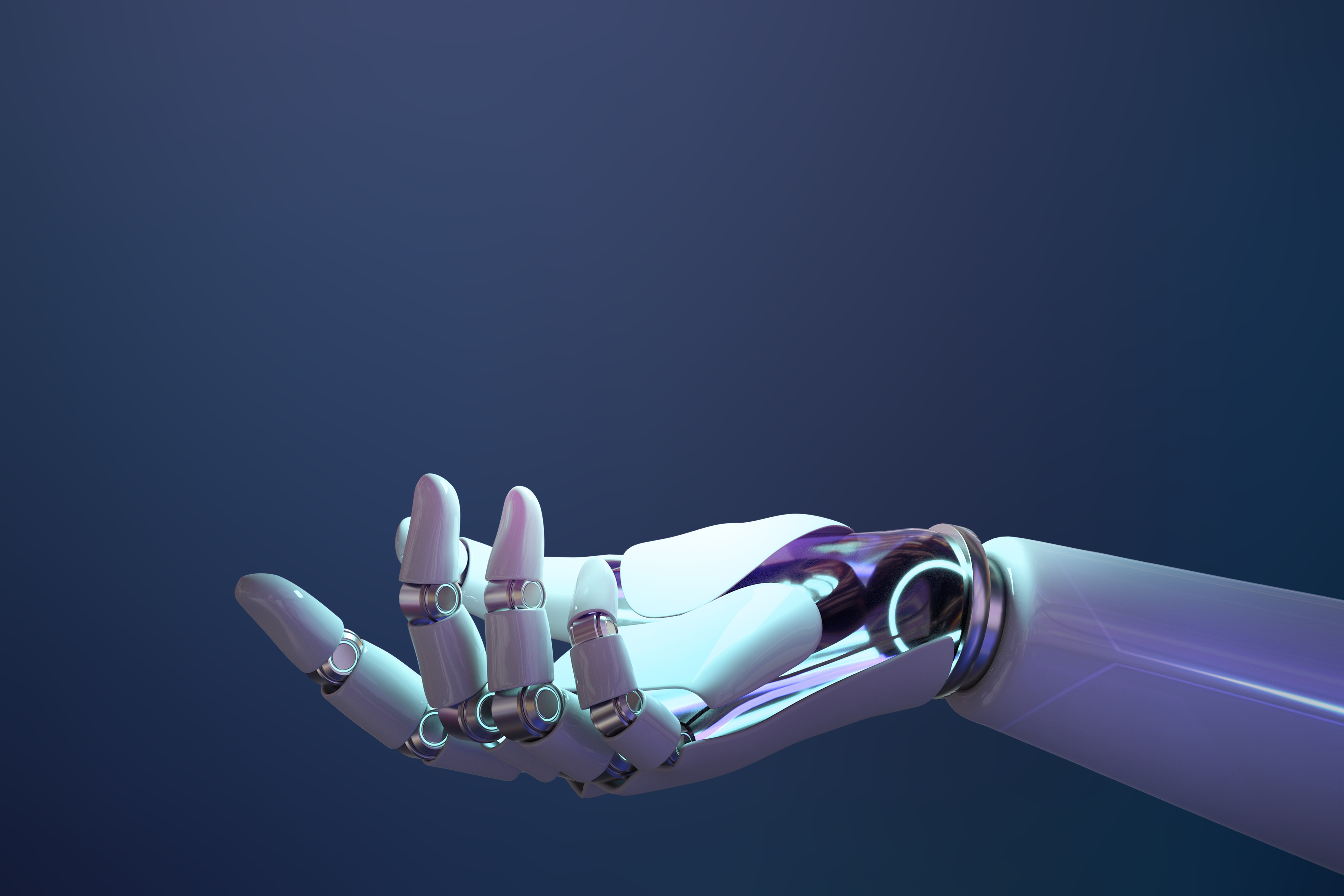Humanoid Robots in 2025: Powering the Next Industrial Evolution
In the domain of technology, few fields have captured the imagination and potential for transformation quite like humanoid robotics. This sector, once confined to science fiction, is now a burgeoning industry with tangible applications and significant market potential.
In this Insight piece, we explore advancements, applications, projected market size, and some of the key players shaping the future of humanoid robots, with a special focus on developments in China.
Technological Advancements
The evolution of humanoid robotics has been driven by several key technological advancements:
Vision and Perception: Robots now possess the ability to recognize and interpret visual data with high accuracy. Advances in computer vision and machine learning algorithms allow robots to navigate complex environments with ease. For instance, robots can identify objects, track movements, and understand human gestures, making them more adept at interacting with their surroundings.
Dexterity and Manipulation: Robots can now handle delicate tasks, such as threading a needle or suturing a grape, thanks to improvements in robotics engineering and AI. This level of precision opens up a wide range of applications, from surgery to intricate manufacturing processes. For example, companies like GAC Group are leveraging this technology with their GoMate robot, capable of installing wires in cars with human-like dexterity.
Speech Recognition and Interaction: The integration of natural language processing (NLP) has made robots more conversational and responsive. Robots can understand and respond to human speech more effectively, facilitating better human-robot interaction. This is crucial in roles such as customer service, education, and personal assistance.
Learning and Adaptation: Through machine learning, robots can learn from their environment and adapt to new situations. This makes them versatile, enabling them to perform tasks they weren't explicitly programmed for. Such adaptability is key to their integration into dynamic environments like homes and workplaces.
Action and Movement: The integration of AI into robotics has enabled robots to execute physical actions with greater precision. A notable example is Unitree’s H1 dancing robots showcased at the 2025 CCTV Spring Festival Gala, which demonstrated exceptional movement capabilities.
Applications and Use Cases
The development and engineering of advanced AI robotics for general purposes allows these machines to integrate into human-centric environments, both urban and industrial. Their adaptability allows them to navigate and operate within existing workspaces, addressing the challenges of monotonous, repetitive, or strenuous tasks.
These machines are increasingly present in diverse settings, from manufacturing plants to medical centers, where they support human workers and mitigate labor shortages through automation.
Industrial Settings: Robots are already at work in factories, performing tasks that require precision and consistency.
GAC Group has developed the third-generation humanoid robot named GoMate, which was unveiled at the 2024 China Robotics Network Annual Conference in Shanghai. GoMate features an industry-first variable wheeled-foot mobility structure, allowing it to switch seamlessly between four-wheeled and two-wheeled modes. It incorporates GAC's self-developed pure-vision autonomous driving algorithm, enabling precise navigation and positioning. It uses the FIGS-SLAM algorithm architecture for transitioning from planar to spatial intelligence, and utilizes cloud-based multimodal large models for rapid responses to complex human voice commands.
Nio has integrated humanoid robots into its production lines for tasks like fixing robotic arms in tight spaces and multitasking with 5G and vision algorithms.
UBTech's Walker S robots are used in quality inspections, capturing real-time images and using algorithms to judge the quality of vehicle components.
Household and Personal Care: House-cleaning robots (vacuum cleaners and mobs) are evolving to offer navigation systems and stronger cleaning capabilities; elderly caring, with robotics in home care including social robots for companionship and devices designed to assist with mobility and daily tasks, reducing the physical burden on caregivers and supporting independence; personal assistance and companionship, robots equipped with AI capabilities serve as personal assistants, managing daily tasks, setting reminders, and even providing emotional support; kitchen assistance, with robot chefs capable of preparing meals from start to finish.
Commercial Uses: Humanoid robots are increasingly employed as guides at exhibitions, trade shows, and museums. They can provide information, answer visitor queries, and even lead tours; they are becoming the face of customer service, providing a unique and engaging experience. Nio is exploring the use of humanoid robots in various commercial settings, beyond automotive manufacturing. This includes scenarios where robots can interact with customers, provide information, or even assist in sales processes.
Specialized Applications: The future could see robots in military, defense, and space exploration roles. Their ability to operate in environments too dangerous or inaccessible for humans is invaluable. This includes tasks like bomb disposal, reconnaissance, and even extraterrestrial exploration.
Market Size Estimates
The market for humanoid robots is projected to grow exponentially, though estimates vary. According to Goldman Sachs, in an early 2024 report, the global market could reach $38 billion by 2035; Virtue Market Research projects the market to reach $34.96 billion by 2030, with a CAGR of 50.38%; and a more bullish projection from Strategic Market Research estimates the market will reach $48.40 billion by 2030, growing at a CAGR of 45.2%.
In China alone, the value of the humanoid robot market is expected to jump from 2.76 billion yuan in 2024 to 75 billion yuan by 2029, accounting for 32.7% of the world's total, according to an industry report released at the First Chinese Humanoid Robot Industry Conference in April 2024.

Developments in China
The market for humanoid robots in China is expanding, driven by demographic needs like eldercare and the desire to showcase technological prowess. The government's focus on AI and robotics is aimed at overcoming these challenges, fostering innovation, and creating a robust ecosystem for robotics development.
Government Support and Industry Growth: China's push into humanoid robotics is backed by substantial government support. The Chinese government has launched initiatives like the Robotics+ action plan to double manufacturing robot density by 2025 relative to 2020, providing subsidies, tax incentives, and research grants to companies in this sector.
Patent Leadership: As of July 2024, China held more than 190,000 effective robot-related patents, accounting for about two-thirds of the world's total. This patent dominance shows China's commitment to innovation in robotics, ensuring that the country remains at the forefront of technological development.
Technological Overlap with EV Industry: Based on estimates from Shenzhen New Strategy Media’s Industrial Research Institute, the global landscape of humanoid robotics is marked by a significant presence of manufacturers, with over 160 companies worldwide engaged in this field in 2024. China leads with more than 60 manufacturers, followed by the United States with over 30, and Europe with approximately 40. Following a detailed Morgan Stanley’s analysis, China holds a 63% share of the global humanoid robot supply chain; this dominance enables Chinese manufacturers to produce humanoid robots at lower prices than their international competitors, giving them a significant cost advantage.
The electric vehicle (EV) sector in China has played a pivotal role in supporting the growth of robotics companies. In 2024, hybrid and electric vehicles accounted for 54% of car sales in China, reflecting the sector's robust expansion. This success has not only generated substantial capital but also fostered technological expertise and industry recognition, which are now being leveraged to advance robotics development.
Companies like XPeng are repurposing technologies like Lidar and depth cameras for robotics, leveraging their expertise in autonomous driving. The previously mentioned GoMate robot from GAC Group leverages battery technology originally developed for EVs, enabling it to operate for up to six hours on a single charge.
Final Thoughts
Humanoid robotics is no longer a distant vision but an evolving reality with tangible applications across industries. The rapid advancements underscore their growing importance across industries. As companies and governments continue to push the boundaries of innovation, the sector is poised to address critical challenges, from workforce shortages to elder care, while unlocking significant economic opportunities. China’s leadership in robotics, backed by its strong industrial ecosystem, sets a compelling example of how focused efforts can drive global progress in this transformative field.
Related Insights.











